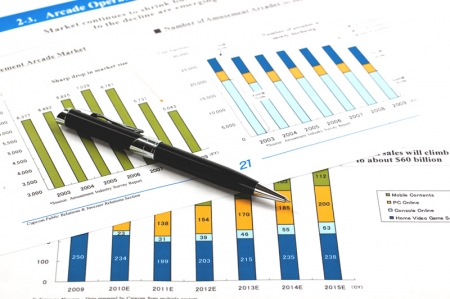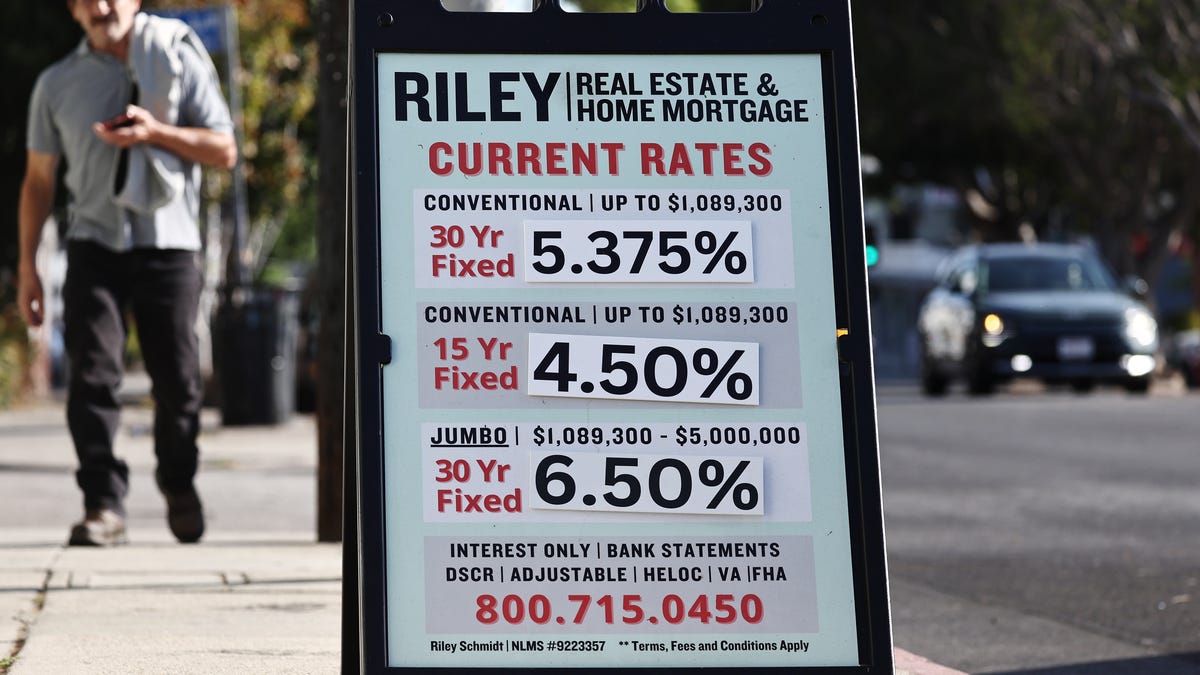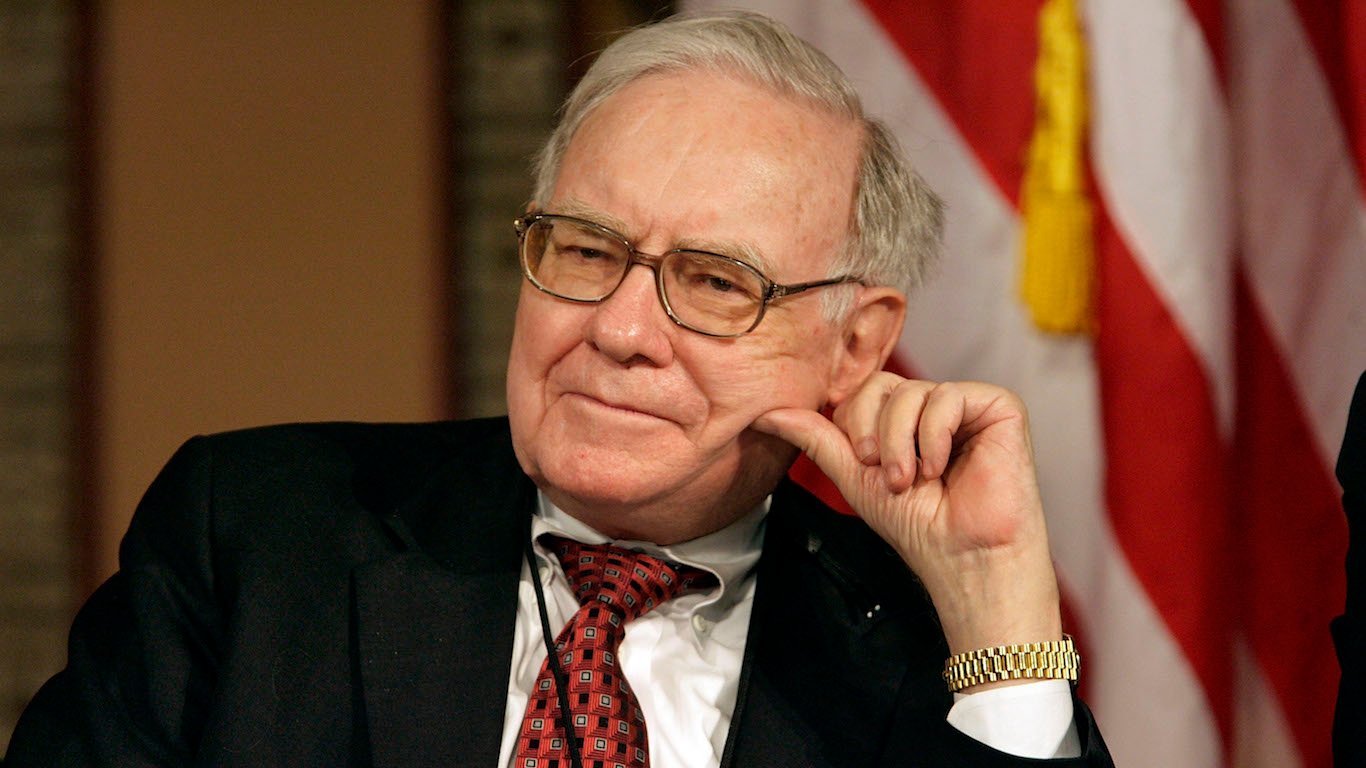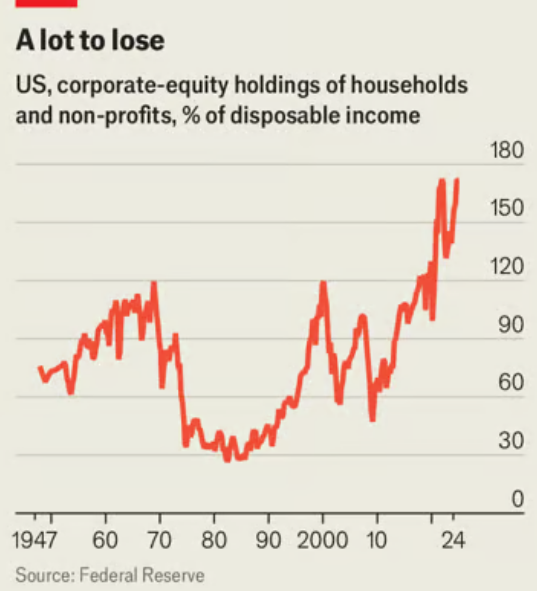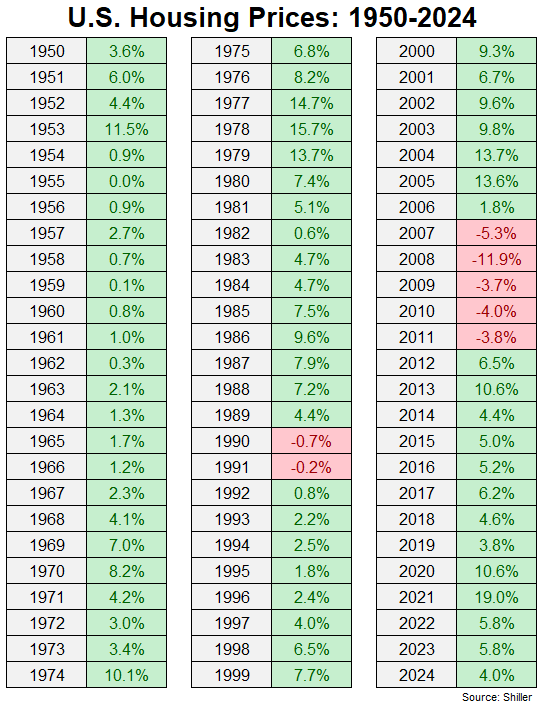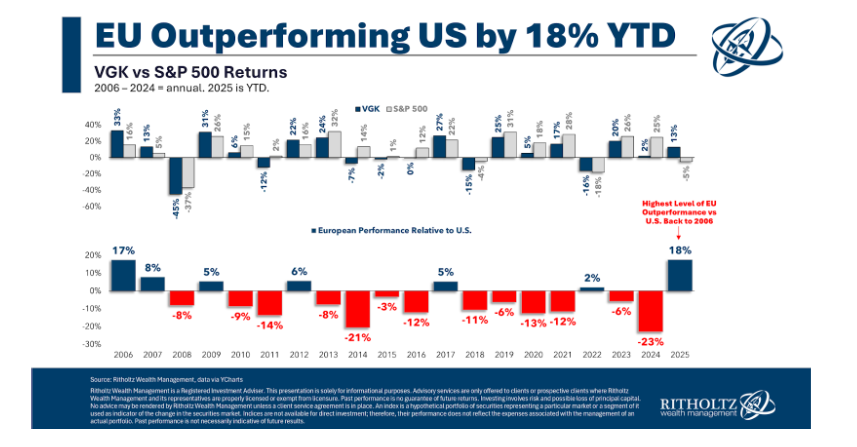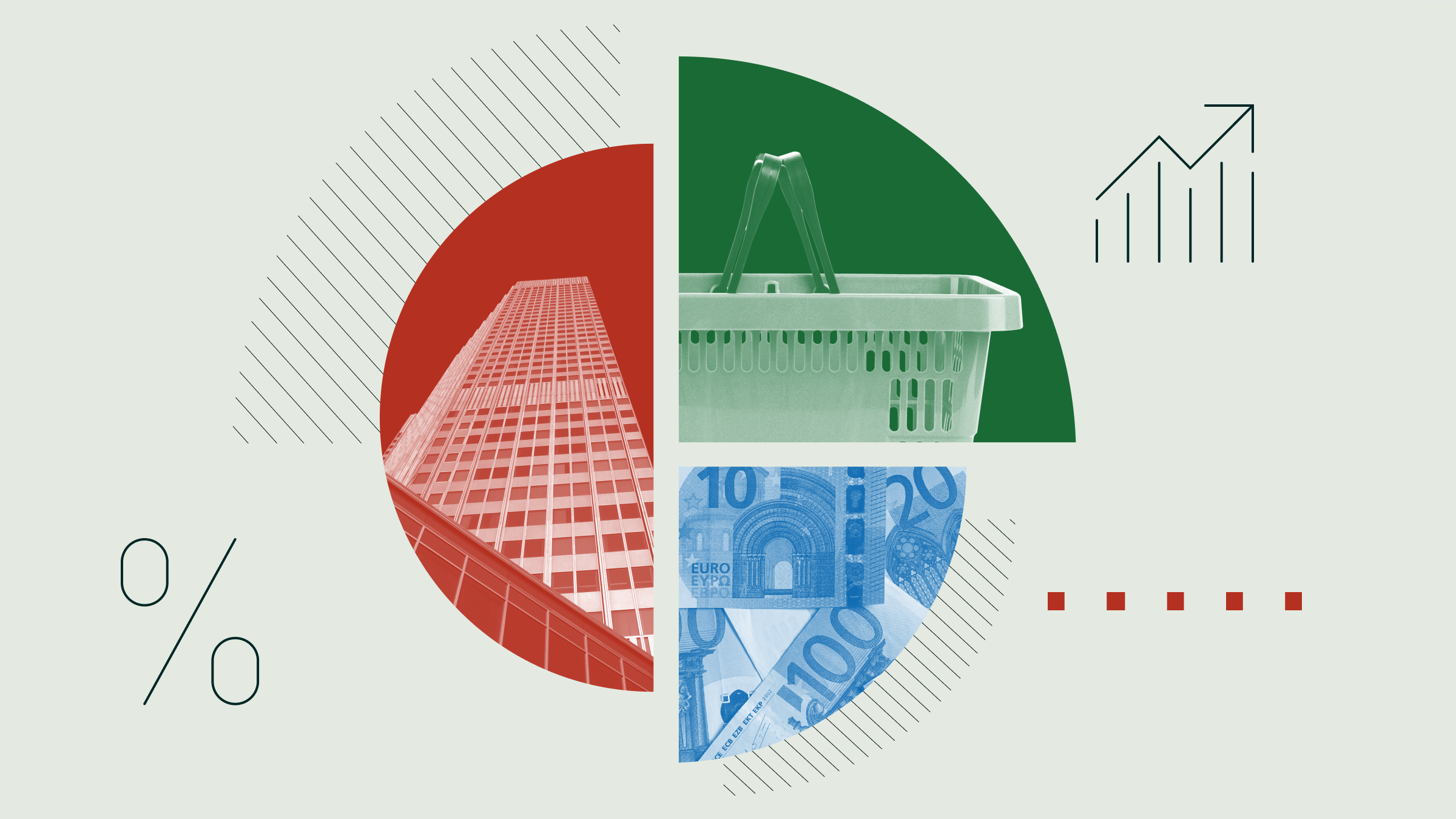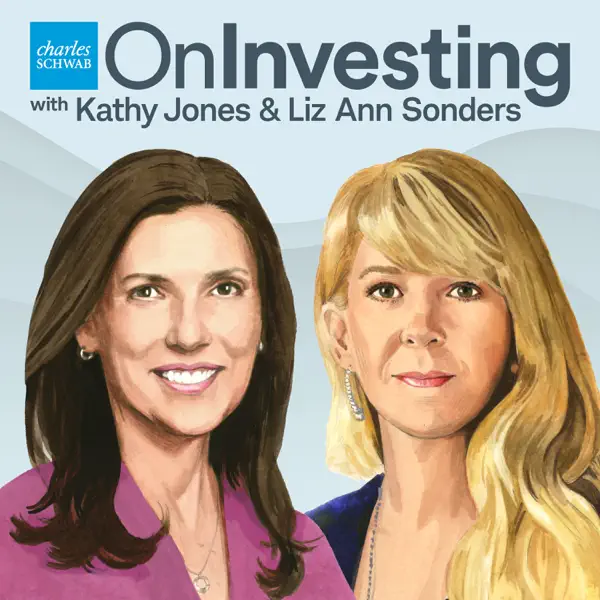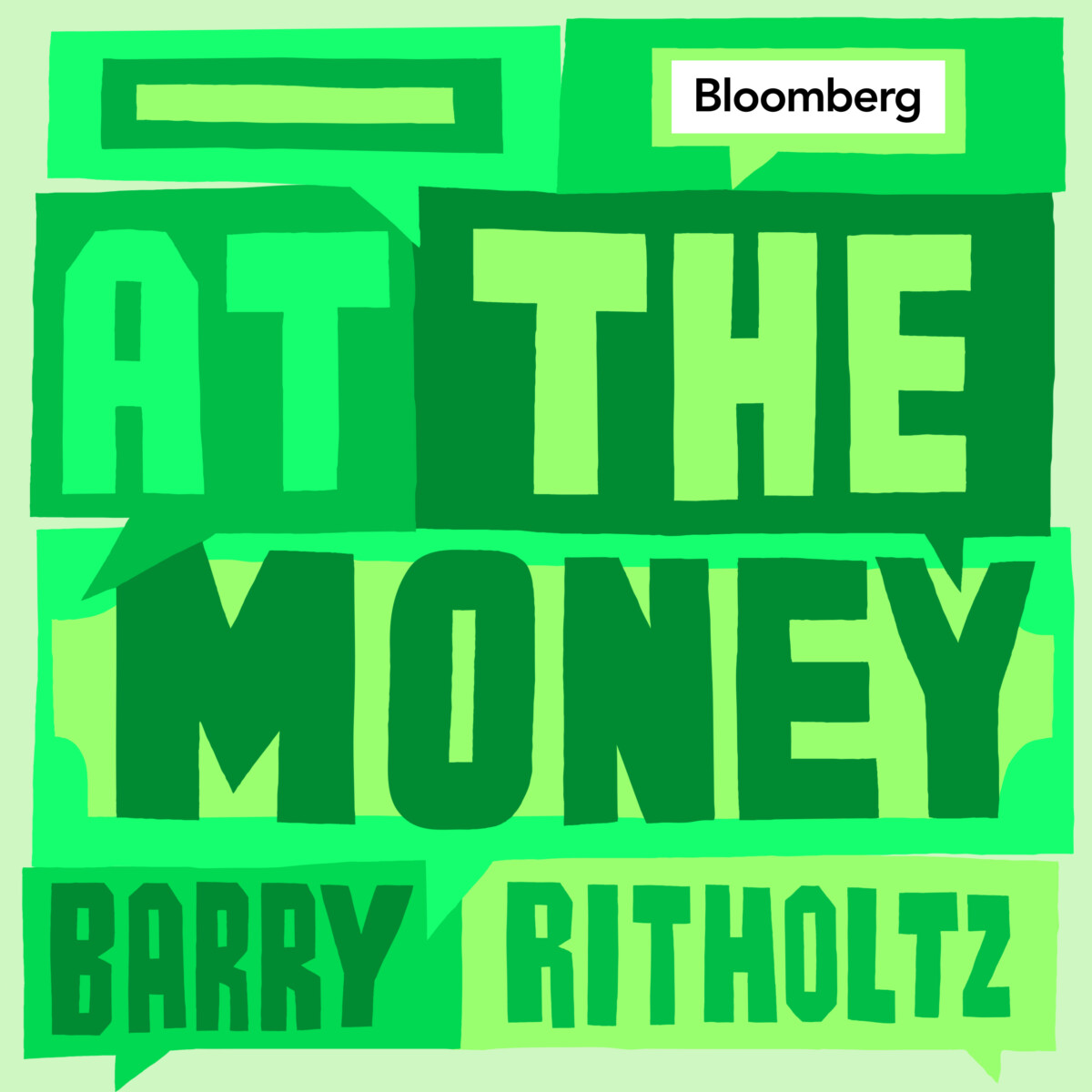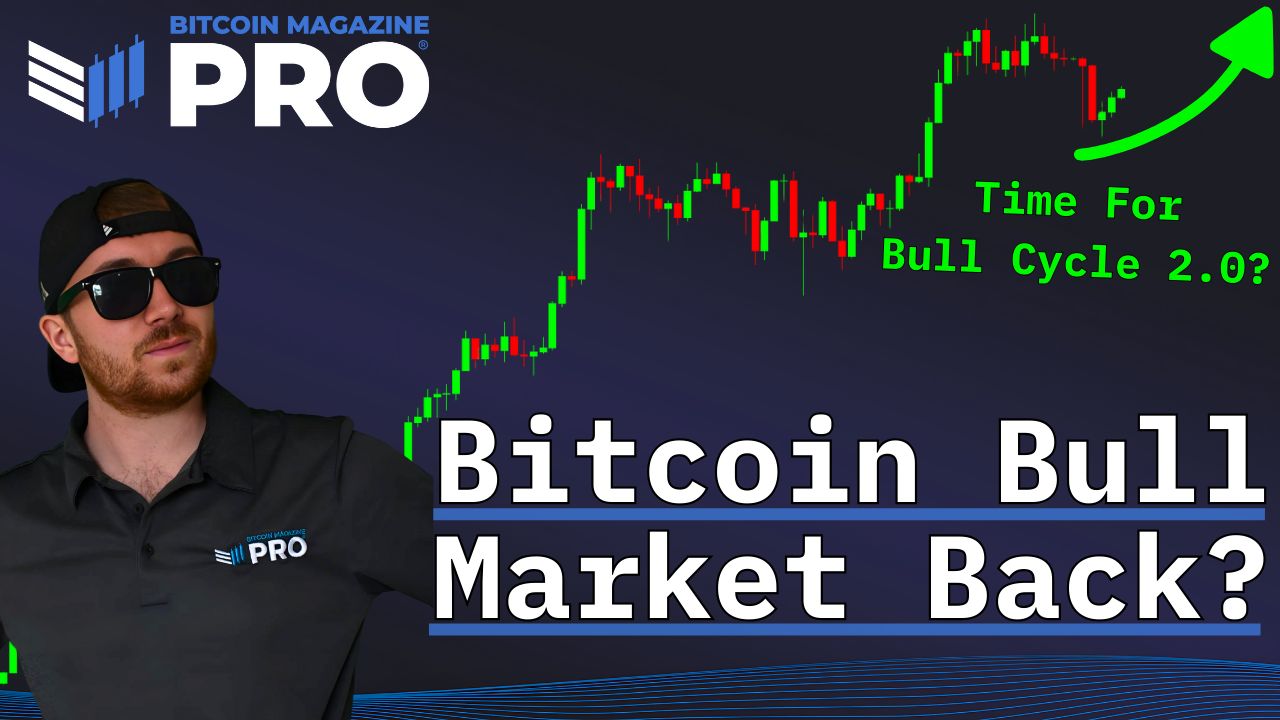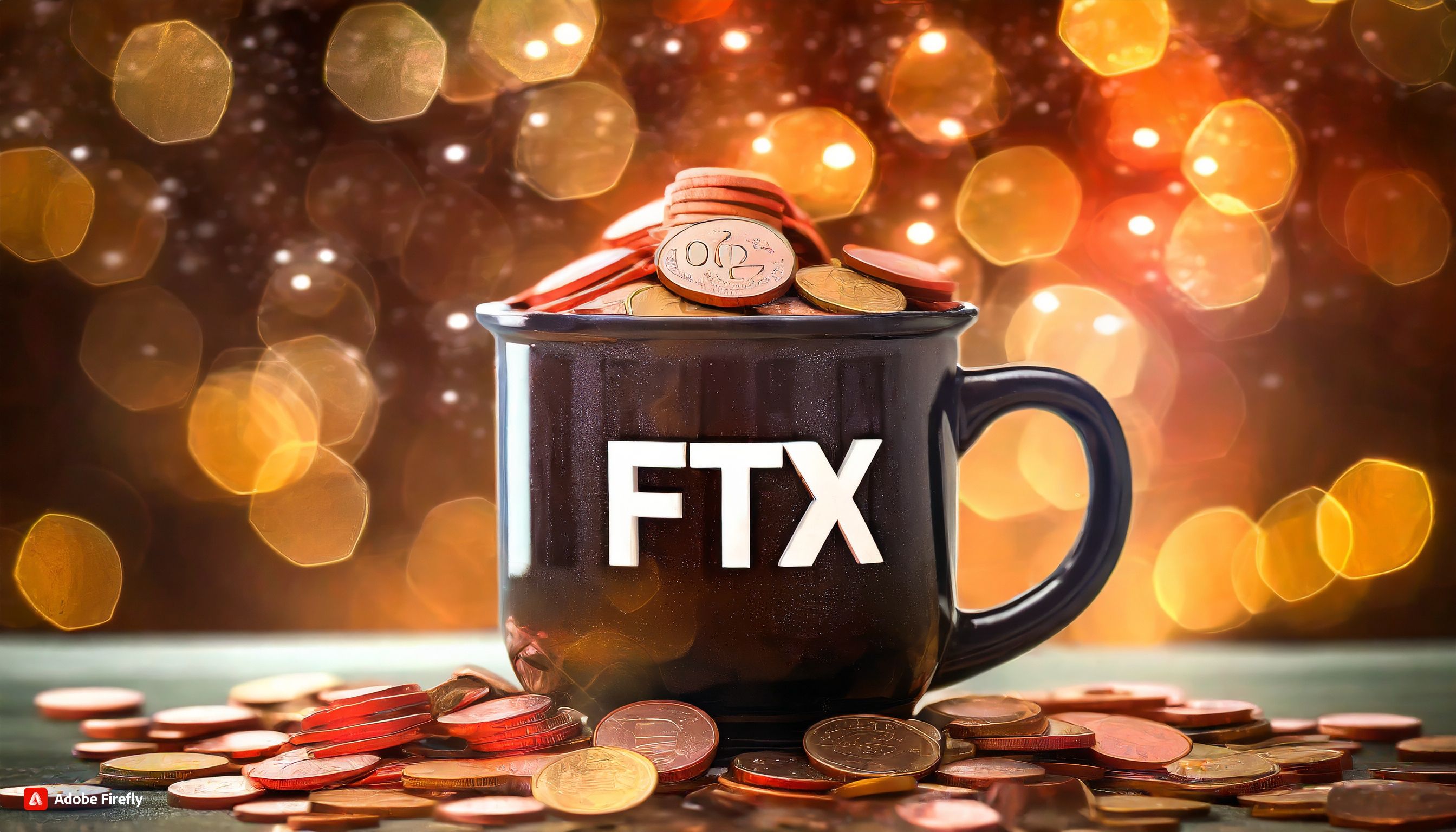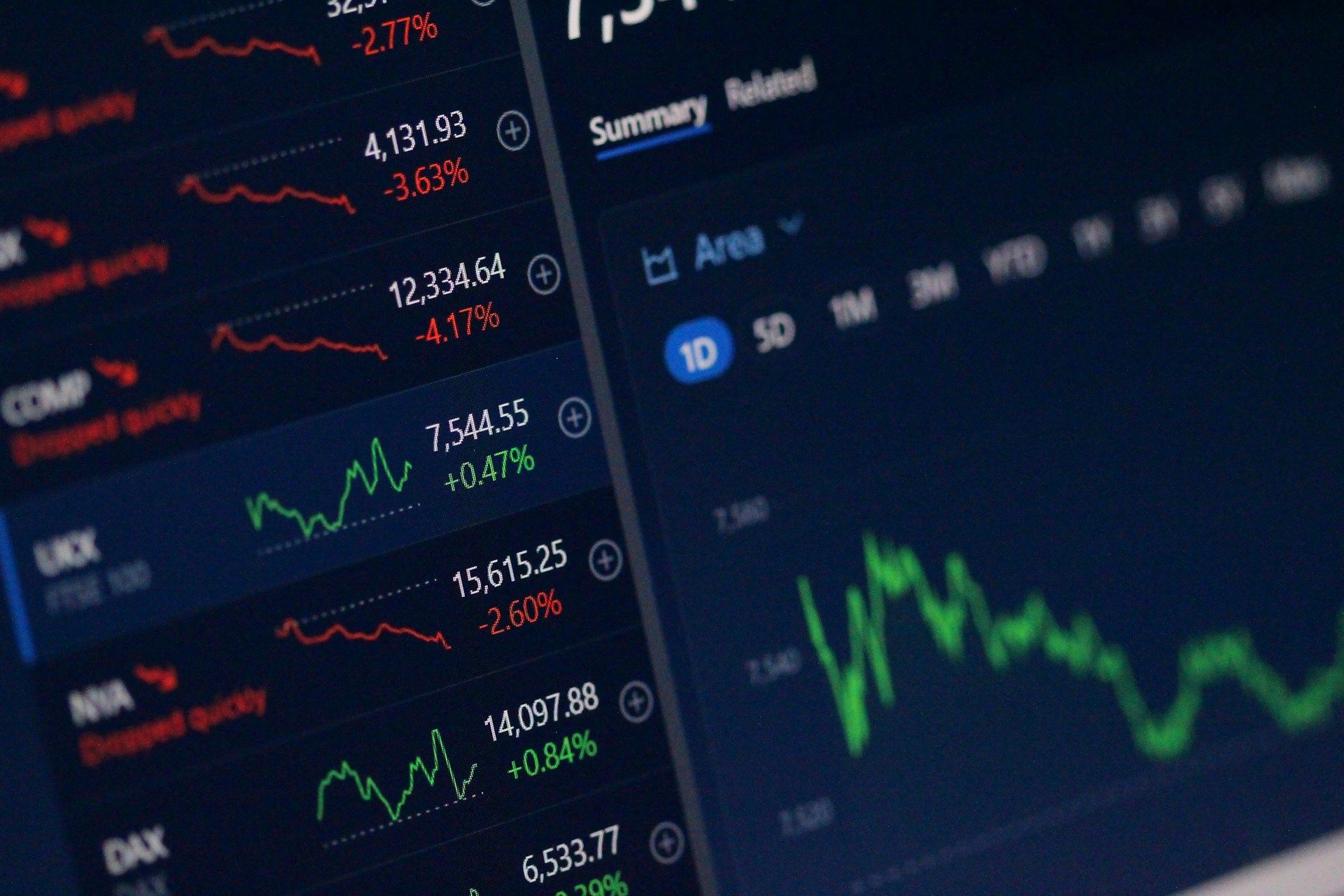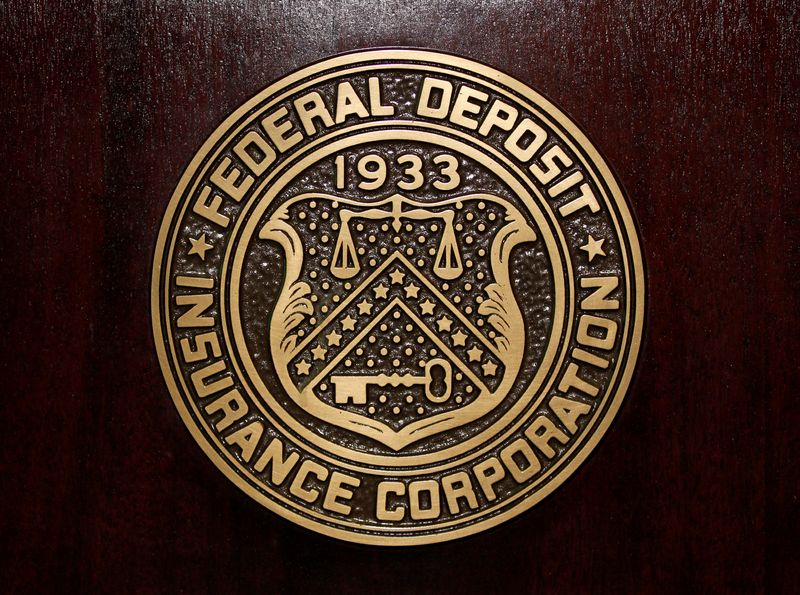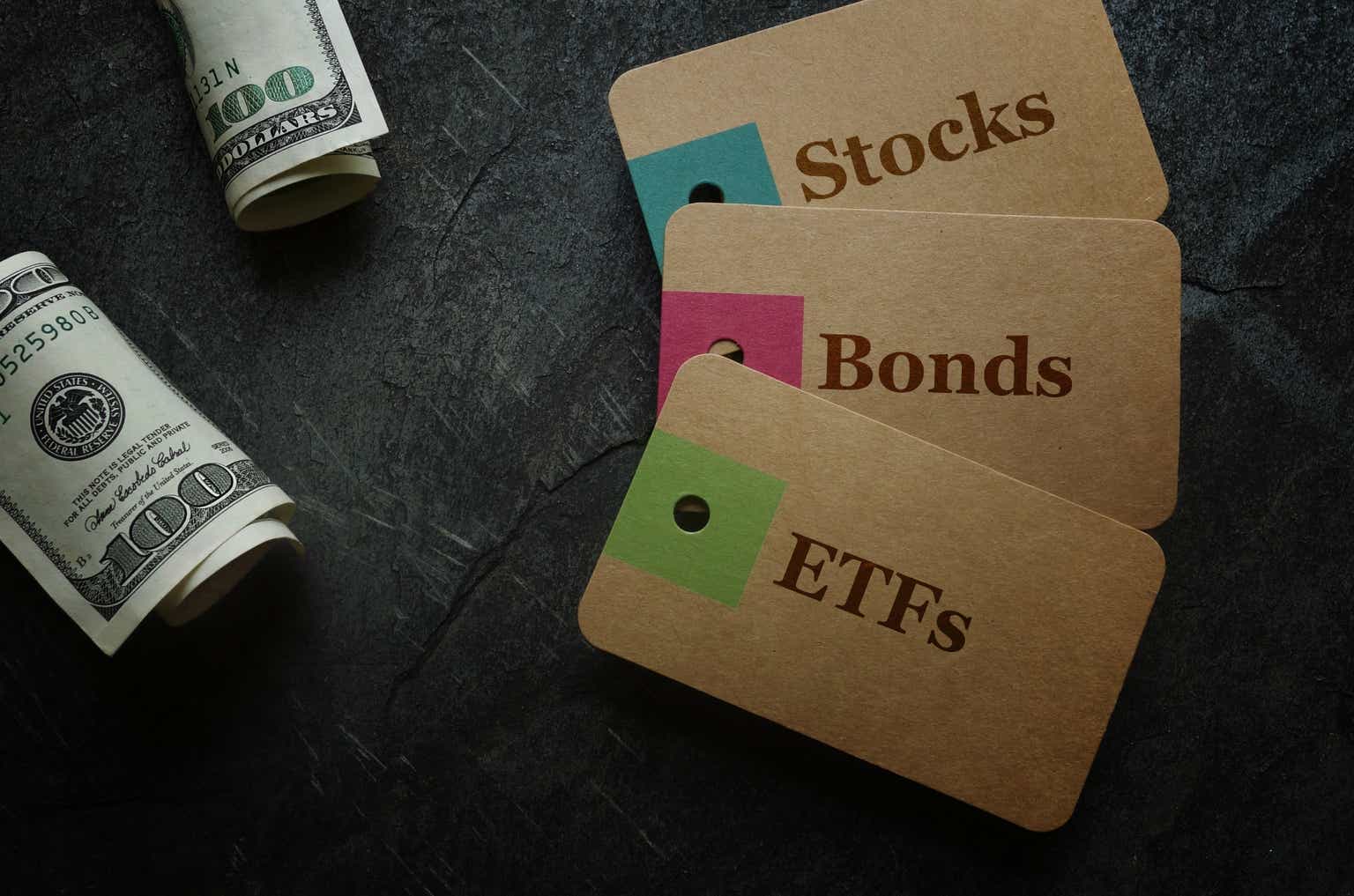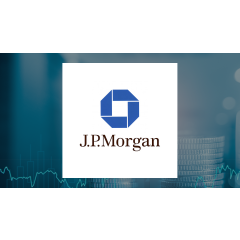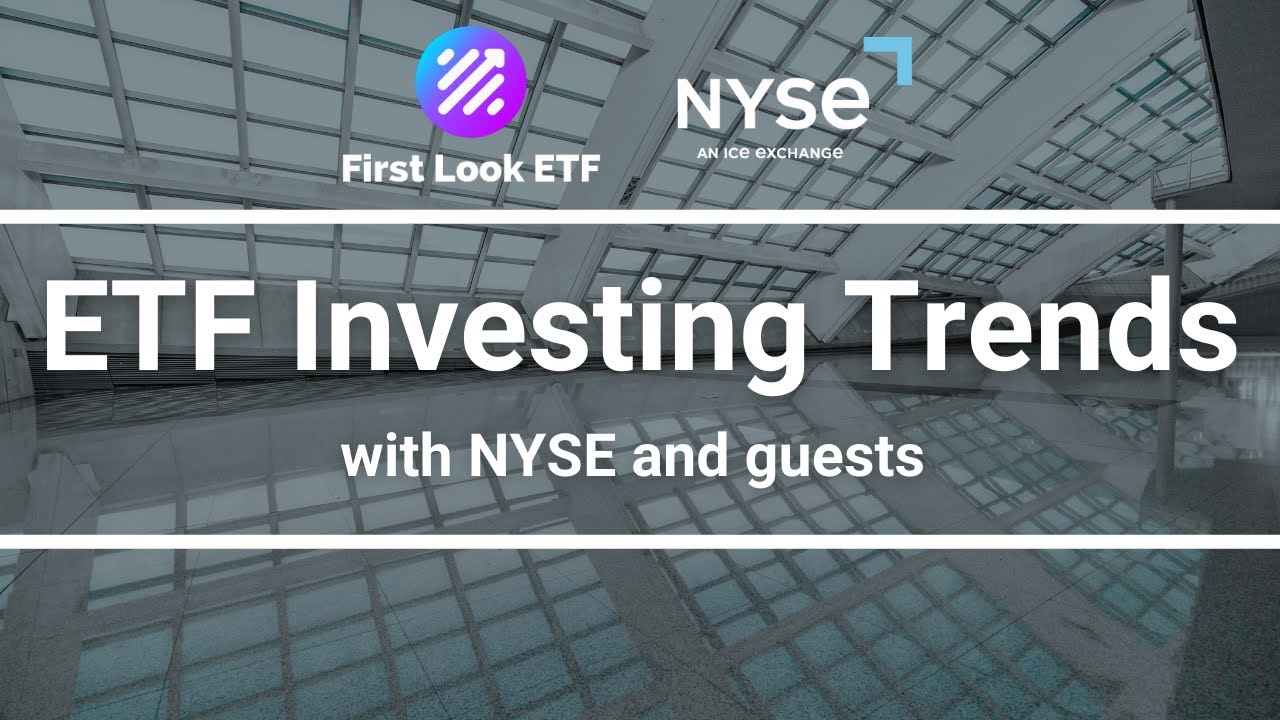Warning: Don't Buy Just Any High-Yielding Dividend Stock for Passive Income. Focus on This Key Characteristic.
Buying dividend stocks can be a terrific way to generate passive income. Many companies consistently pay quarterly dividends (and some even pay monthly), allowing you to collect recurring cash flow to cover your living expenses or reinvest into more dividend stocks to grow your passive income. As your passive income grows, you'll become more financially independent. Those desiring to collect passive dividend income often focus on a stock's dividend yield, because the higher the yield, the more income you can generate from every dollar you invest. However, that's not the most important metric for dividend investors. Instead, the crucial characteristic to consider is whether a company can grow its dividend, because those stocks have historically produced much higher total returns over the long run.Over the past 50 years, the average dividend stock in the S&P 500 (SNPINDEX: ^GSPC) has delivered a 9.2% average annual total return, according to data from Ned Davis Research and Hartford Funds. That has outperformed the average non-dividend payer by more than 2-to-1 (4.3% average annual return by non-dividend payers). Continue reading

Buying dividend stocks can be a terrific way to generate passive income. Many companies consistently pay quarterly dividends (and some even pay monthly), allowing you to collect recurring cash flow to cover your living expenses or reinvest into more dividend stocks to grow your passive income. As your passive income grows, you'll become more financially independent.
Those desiring to collect passive dividend income often focus on a stock's dividend yield, because the higher the yield, the more income you can generate from every dollar you invest. However, that's not the most important metric for dividend investors. Instead, the crucial characteristic to consider is whether a company can grow its dividend, because those stocks have historically produced much higher total returns over the long run.
Over the past 50 years, the average dividend stock in the S&P 500 (SNPINDEX: ^GSPC) has delivered a 9.2% average annual total return, according to data from Ned Davis Research and Hartford Funds. That has outperformed the average non-dividend payer by more than 2-to-1 (4.3% average annual return by non-dividend payers).






